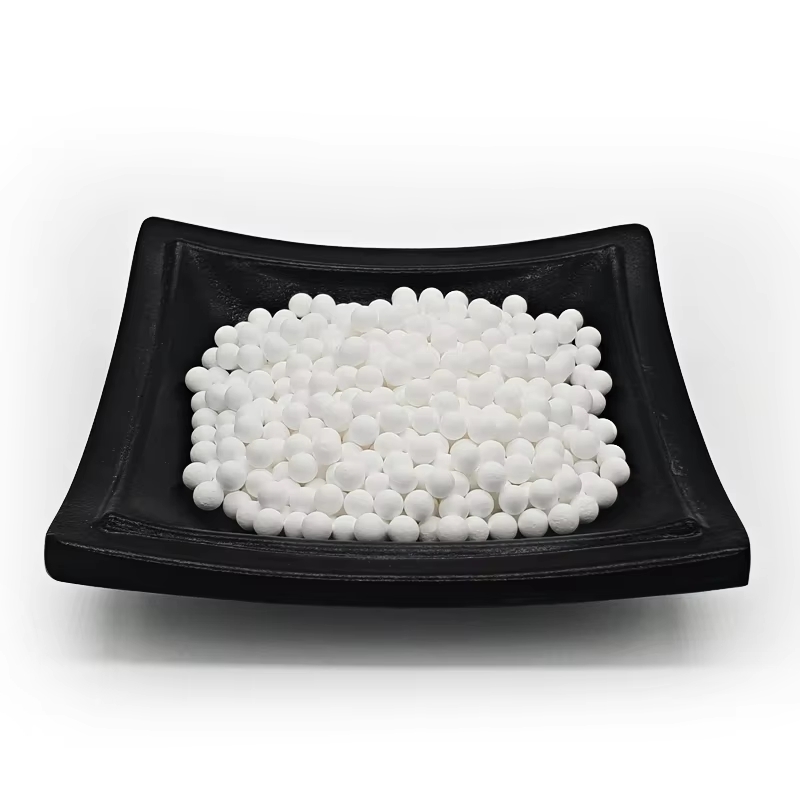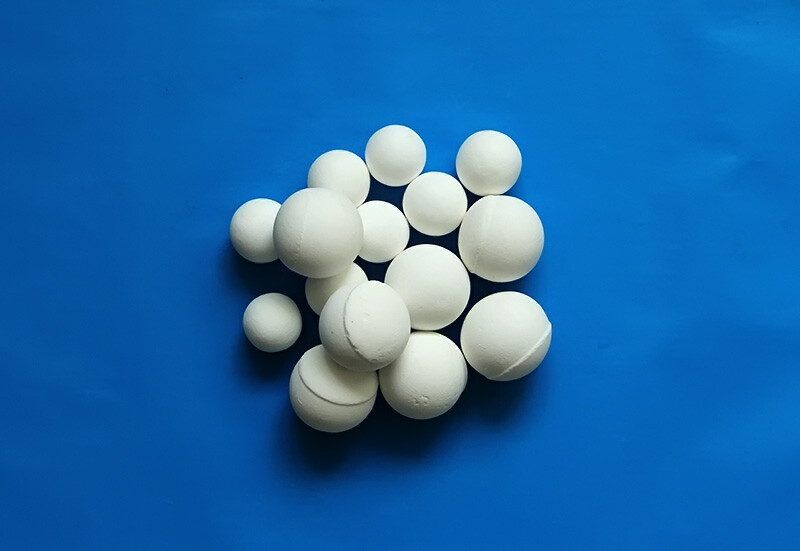PRODUCTS
Product classification
Alumina Grinding Ball
Product Description
Activated Alumina Balls
Activated alumina balls are small, spherical beads made of a highly porous form of aluminum oxide (Al₂O₃). They are "activated" through a process of thermal dehydration, which removes water and creates an incredibly large surface area within a network of microscopic pores.
This structure makes them an excellent adsorbent (a material that traps substances on its surface) and desiccant (a drying agent). They are known for their hardness, high crush strength, and resistance to thermal shock and abrasion, making them ideal for industrial use.
Key Properties
High Surface Area: Typically 200-300 m²/g, providing vast space for adsorption.
High Porosity: Contains a vast network of tiny pores that trap molecules.
Thermal Stability: Can withstand high temperatures without degrading.
Mechanical Strength: Very hard and resistant to physical wear and crushing.
Chemical Inertness: Does not react with most chemicals and solvents.
Regenerable: Can be dried out and reused multiple times by applying heat (typically 350°F - 600°F or 180°C - 315°C).
How Do They Work?
Activated alumina works primarily through two mechanisms:
Adsorption: Water molecules and other polar compounds are physically attracted and bound to the vast internal surface area of the alumina beads. This is not a chemical reaction (absorption), but a physical trapping process.
Selective Adsorption: The size of the pores can be controlled during manufacturing, allowing them to be tailored to adsorb specific molecules based on their size and polarity.
Common Applications
Activated alumina balls are incredibly versatile and are used in numerous industries:
1. Air and Gas Drying (Most Common Use)
Compressed Air Dryers: Used in desiccant air dryers to remove water vapor from compressed air, preventing corrosion in pneumatic tools and systems.
Industrial Gas Processing: Dries gases like hydrogen, oxygen, natural gas (CNG/LNG), and acetylene to protect pipelines and equipment.
2. Water Treatment
Fluoride Removal: A primary method for defluoridation of drinking water in areas where fluoride levels are dangerously high.
Arsenic Removal: Effectively adsorbs arsenic from groundwater.
Removal of Other Contaminants: Can reduce levels of selenium, silica, and other impurities.
3. Petroleum & Chemical Processing
Liquid Drying: Used as a bed to dry organic liquids, solvents, and hydrocarbons (e.g., gasoline, kerosene, toluene) where they are insoluble in water.
Catalyst Carrier: Their high surface area makes them an excellent support material (substrate) for various chemical catalysts.
4. Other Applications
Insulating Air in Double-Pane Windows: Keeps the air between the panes extremely dry to prevent internal condensation.
Chromatography: Used as an adsorbent in chromatographic separation processes.
Advantages and Disadvantages
Regeneration and Reactivation
A major benefit of activated alumina is that it can be regenerated for repeated use. The process involves:
Purging: The vessel containing the saturated alumina is taken offline.
Heating: Hot air or gas (typically between 350-600°F / 180-315°C) is passed through the bed. This provides the energy needed to break the physical bonds holding the water molecules.
Cooling: The bed is then cooled, often with a stream of dry gas, before being put back into service.
Important Note: The specific temperature and procedure depend on what was adsorbed. For example, regenerating alumina used for fluoride removal is a more complex process than simply drying it out for compressed air.
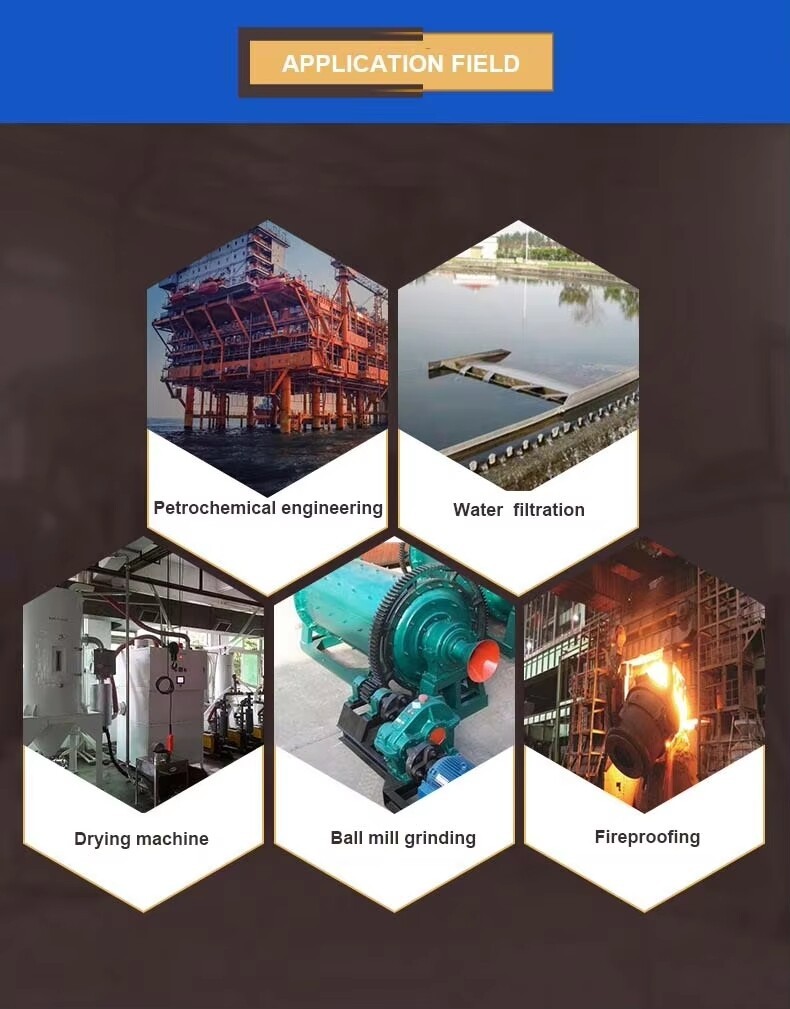
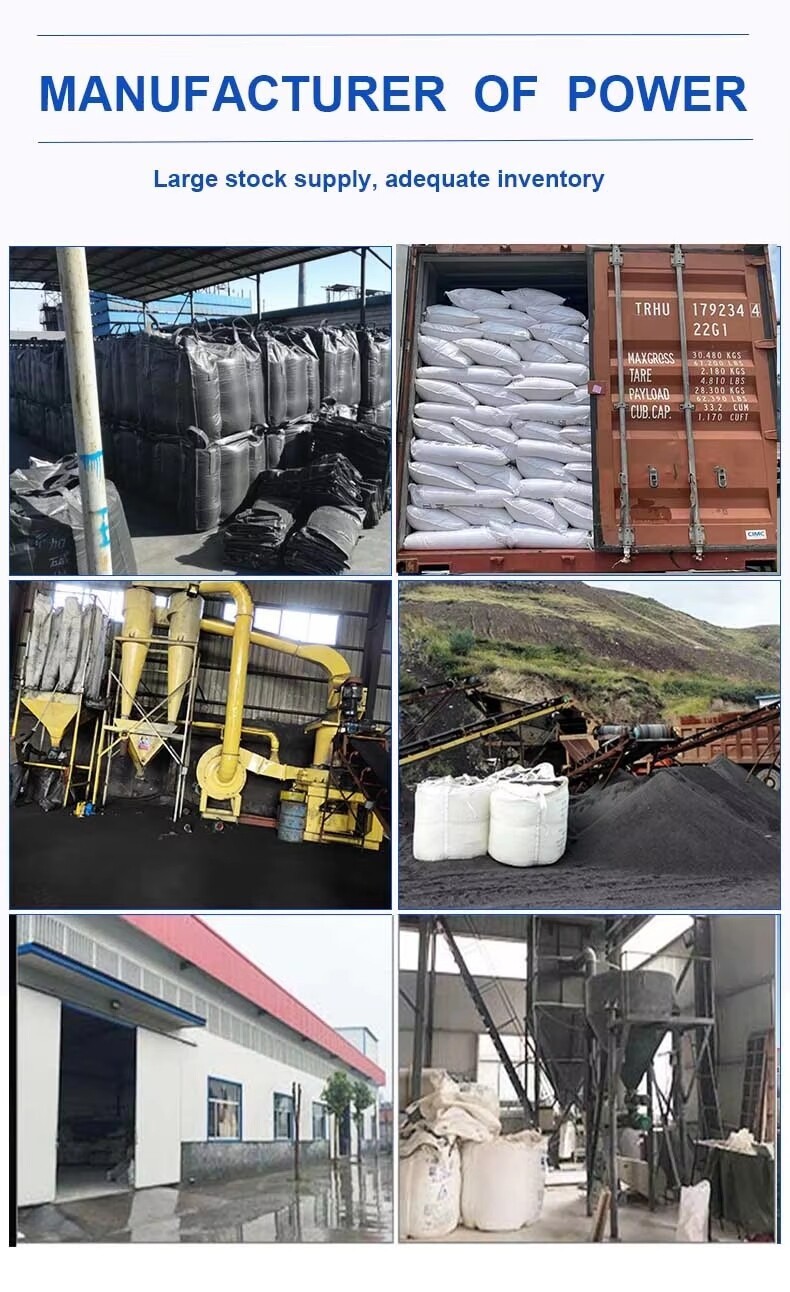
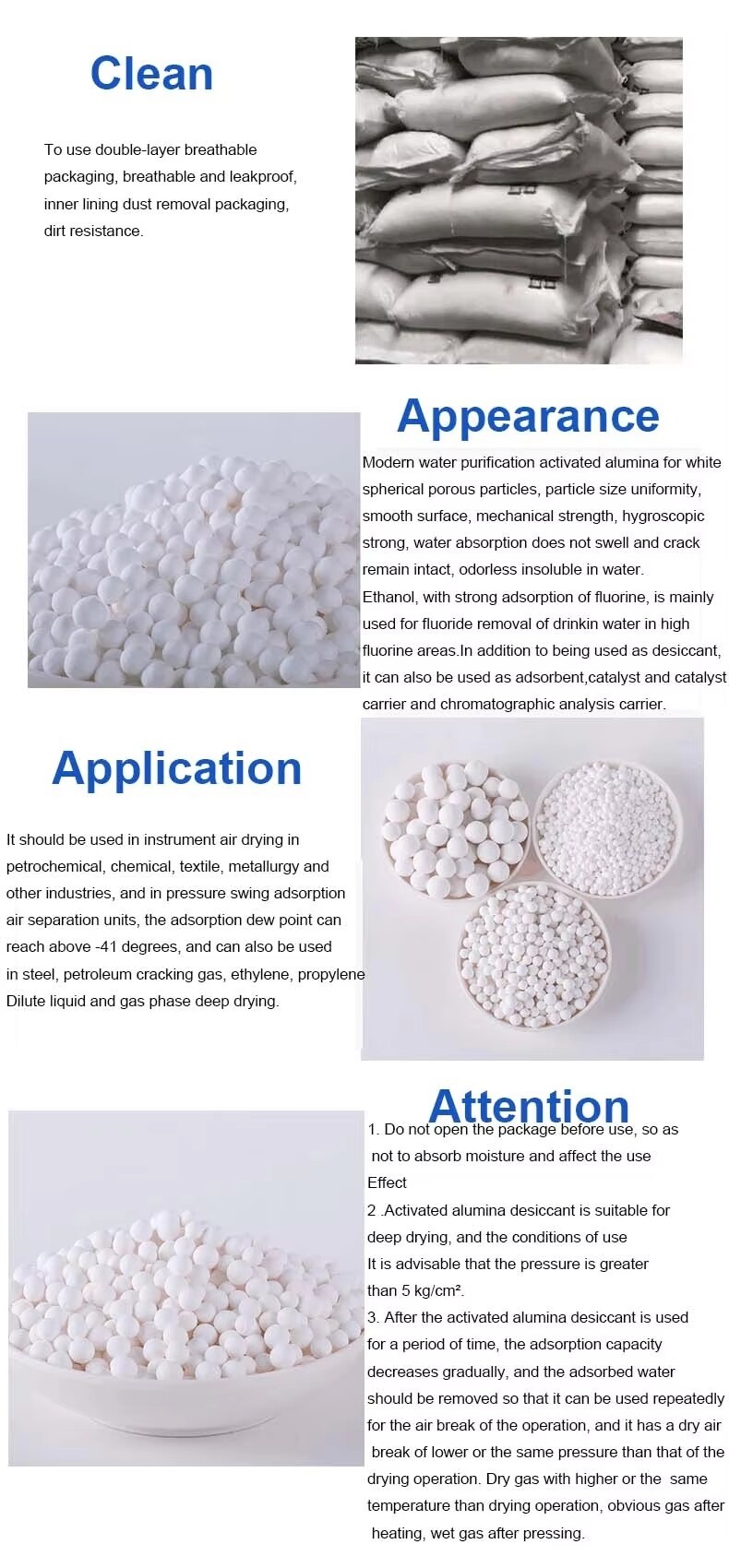
Get a Free Quote
Related Products
Get in Touch
*We respect your confidentiality and all information are protected.

